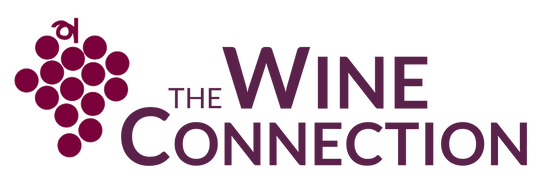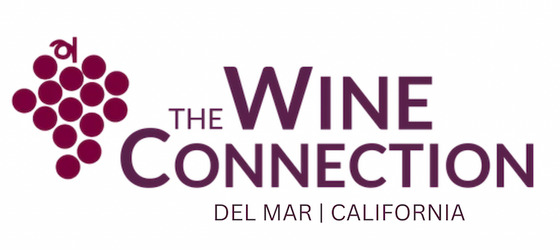2023 The Ojai Vineyard Clima Frio Pinot Noir Santa Barbara County, USA
$39.99 USD $45.00 USD
TASTING NOTE:
This 2023 Pinot Noir is the first of our new Clima Frío series, and we’re elated by what a dramatic and aromatic debut this is. This bottling cobbles together fruit grown in the Santa Maria Valley and just outside the Sta. Rita Hills. The wine is packed with earthy nuance while sporting lots of juicy, spicy fruit. It pulls you in with its wild aroma, which has pretty notes of dried rose, spice box, orange peel, and black tea. Then you’ll find it’s a just a joy to drink—juicy with ripe berries and cherry, refreshingly mineral, and there’s a fine spicy astringency that builds in the mid-palate onward. There’s lots of substance here, but it’s also a wine that’s very easy to enjoy a second glass.
ABOUT CLIMA FRÍO:
Our Clima Frío wines replace what we used to call Santa Barbara County cuvees. While that appellation-level name fit our Burgundian inspirations at The Ojai Vineyard, the name didn’t adequately capture what we’re doing in the region. Santa Barbara County is a large appellation with intense East-West temperature gradients, even within the Sta. Rita Hills, where some Eastern pockets are better suited to Syrah and Grenache than they are for Chardonnay and Pinot Noir.
The Clima Frío (or cool-climate) wines express our commitment to the coolest, most Western viticultural pockets of our region. Places where each variety benefits from ocean influence that ensures slow, gradual ripening with retention of nuance and natural acidity..
This 2023 Clima Frío Pinot Noir comes from grapes grown at Presqu’ile (52%) in the Santa Maria Valley, along with fruit from Yellow Foxtrot (48%), a newer planting that’s nestled in the hills very close to Lompoc (just Northwest of the Sta. Rita Hills).
VINTAGE & WINEMAKING:
The 2023 vintage was the stuff of winemaker’s dreams. It started with solid fruit set in Spring, a cool Summer and Fall, and a late staggered harvest that stretched into November with everything reaching full ripeness. It was the first year we’ve picked all of our Chardonnay and Pinot Noir in October.
This fruit was handpicked at night in the beginning of month and was ready to press at our winery in the morning. Between all lots, we averaged 11% whole-clusters going into the fermenters with a very modest sulfur addition.
We immediately inoculated with our house-cultured native yeast (derived from fruit picked during sampling) and pumped the wine over twice each day until the wine became dry. It soaked on the skins a few more days before we pressed, settled, and barreled down the wine into French oak barrels (6% new). Malolactic fermentation was spontaneous and slow. After aging on the lees for 9 months with no sulfur added, the wine was gently fined before bottling with minimal so2.
Share:


